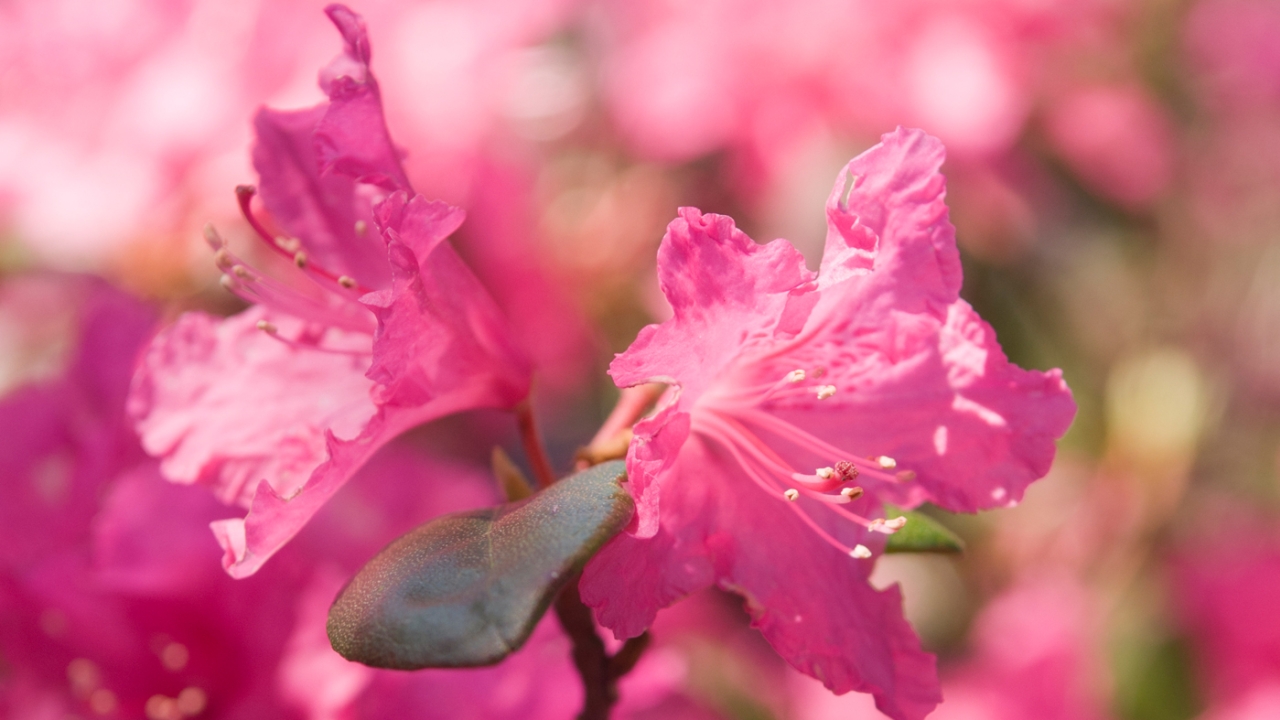

June
Summer arrives this month, and with it, the longest days of the year. As trees branch out, flowers bloom, and vegetables grow, June’s to-do list will transition from planting to maintenance tasks that encourage a healthy garden and lawn. Watering may play a key role, depending on precipitation levels.
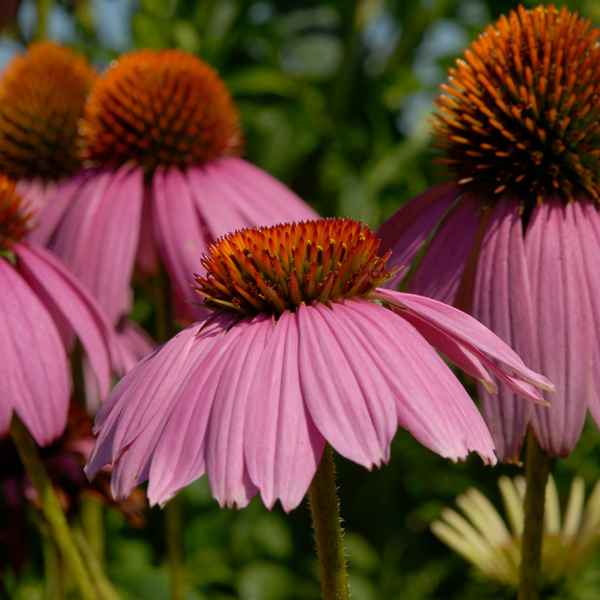
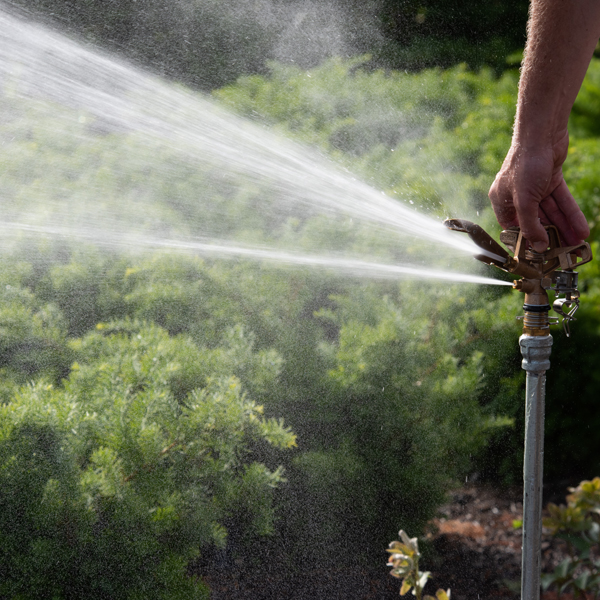
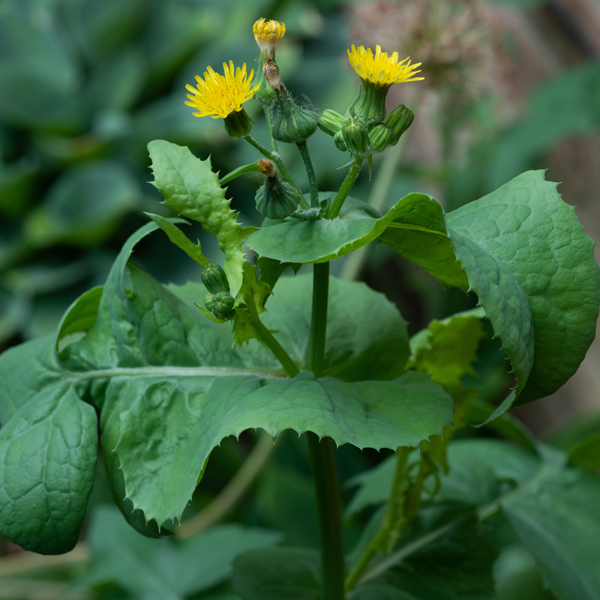
Garden To-Do List
Plant warm-season flowering annuals, vines, herbs, vegetables, and bulbs
With hard frosts behind us, a variety of plants can safely be planted outdoors in June.
Keep tabs on watering
During the summer growing season, established plants need about 1 inch of water per week throughout their root zones. Hotter temperatures and occasional dry spells may warrant more frequent watering. Remember to water the soil, not the plant, and to water deeply.
Remove and prevent weeds
The return of hot weather will accelerate weed growth. Continue to cultivate and weed the lawn and garden. If you haven’t done this yet, apply 2 to 3 inches of mulch immediately after weeding. This will help keep weeds under control, regulate soil temperature, and retain moisture.
Continue monitoring for insect damage
Regularly inspect for infestations on plants.
- Small insect populations can be dislodged from plants by applying a strong stream of water.
- Mite activity often increases in hot, dry weather. Symptoms include stippled foliage that can be removed from the plant. Refrain from applying chemical miticides, which can kill beneficial mites and may increase mite populations.
Monitor newly planted shrubs, small flowering trees, and perennials for signs of aphids, a common garden pest. Aphids are small, soft-bodied, sucking insects that feed on plant sap. Signs of aphid damage include curled, distorted tip growth.
Don't apply chemical treatments if ladybugs or other beneficial predatory insects are present.
- Consider releasing beneficial predators such as ladybugs or praying mantis to consume unwanted mites and other damaging insects such as aphids.
Annual and Perennial Care
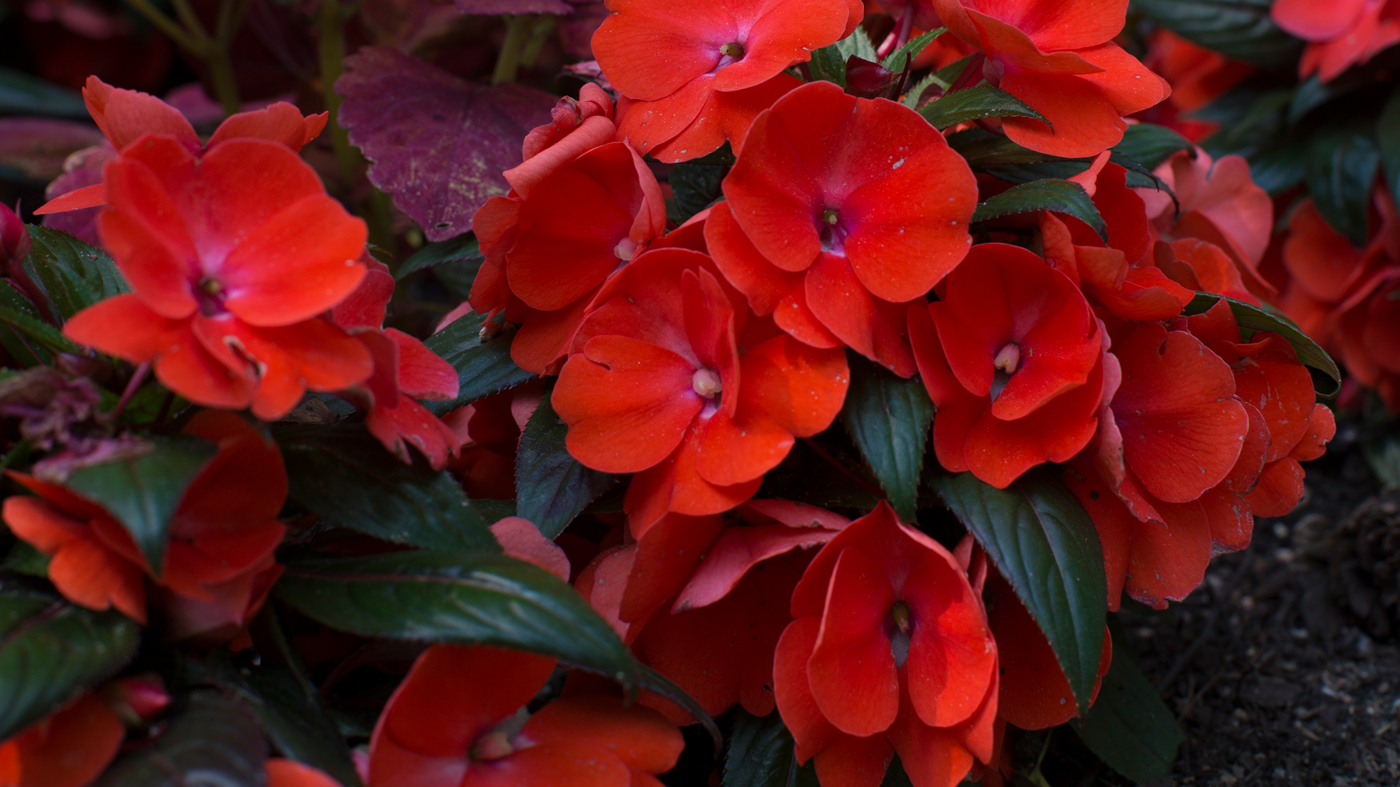
Plant warm-season flowering annuals in early June
- Warm-season plants such as begonias (Begonia spp.), cosmos (Cosmos spp.), impatiens (Impatiens spp.), and zinnias (Zinnia spp.) can be planted in the garden and containers in early June. Avoid fertilizing newly planted annual transplants for at least two weeks.
- Pinch back one-third of new growth to encourage a stocky habit (except vines).
- Some warm-season annuals, including cosmos, sunflowers (Helianthus spp.), and zinnias, can be sown directly into garden beds about two weeks after the last frost date. Follow seed-packet label directions.
Sow biennial seeds
Sow seeds of biennials, such as hollyhock (Alcea spp.), directly into the garden this month for next year’s bloom. Mark the area carefully to avoid accidentally disturbing the seeds.
Time to deadhead
Remove spent blossoms from annuals, a practice known as deadheading, in containers and garden beds. This encourages new flower formation and keeps the plants attractive. Additional plants can also benefit from deadheading:
- Deadhead hybrid tea roses as soon as flowers fade. Many shrub roses are self-cleaning and don’t require deadheading. When in doubt, lightly prune old blossoms to keep plants looking attractive.
- Continue to remove yellowing leaves of spring-flowering bulbs.
- Remove spent blooms of peonies (Paeonia spp.) after they have finished flowering. If cutting peony blossoms to bring indoors, remove as few leaves from the plant as possible.
Some perennials will produce new blooms when they’re deadheaded. The practice also has other benefits, such as preventing the spread of unwanted plants that self-seed.
Support vines
Continue to direct the growth of perennial vines on their supports.
Maintain tall plants
Help ensure plants that grow taller than 3 feet remain healthy and good-looking.
- Stake tall perennials before they reach 1 foot.
- Begin to regularly pinch back fall-blooming perennials, such as asters (Aster spp.), garden mums (Chrysanthemum spp.), and tall sedums (Sedum spp.), to regulate height and promote stocky growth. Pinch once a week until the middle of July.
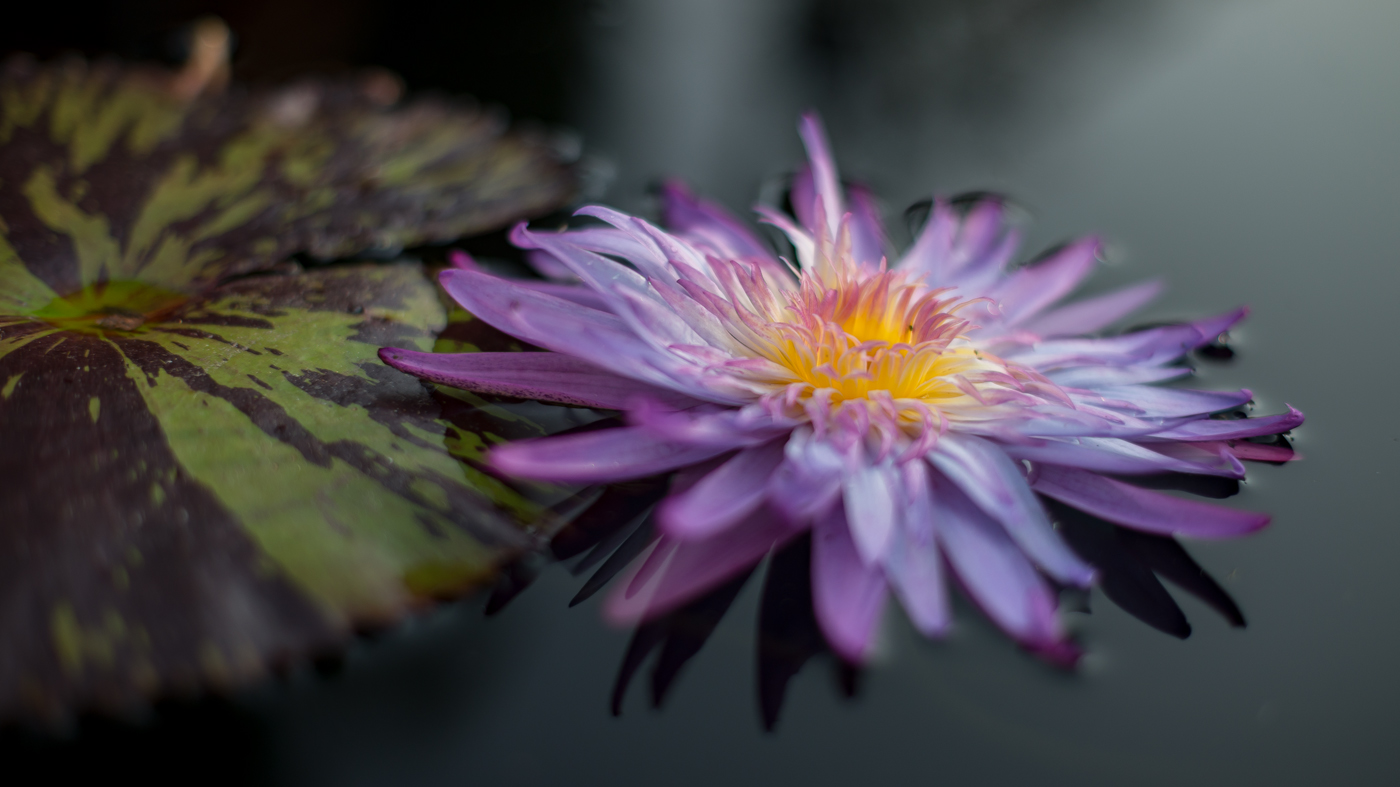
Plant pond flowers
Tender waterlilies (Nymphaeaceae spp.) can be planted when the water temperature is over 65 degrees Fahrenheit. There are many varieties of waterlilies.
Plant summer bulbs
Plant tender annual summer and fall bulbs this month, following guidelines for timing and siting of specific plants. These include Asiatic and Oriental lilies (Lilium auratum and L. orientalist), canna (Canna spp.), caladium (Caladium), crocosmia (Crocosmia spp.), dahlias (Dahlia spp.), and gladioli (Gladiolus spp.).
Rose upkeep
A spring application of fertilizer is usually sufficient for species roses such as Rosa rugosa and shrub roses. All other roses should be given a second application of a well-balanced fertilizer in mid-June or after their initial bloom period.
Monitor roses for black spot and other fungal leaf diseases. Remove infected leaves immediately and begin a preventive spray program with an approved fungicide at labeled intervals. Contact the Plant Information Service for fungicide recommendations.
Climbing roses should be encouraged to develop lateral, flower-bearing canes.
Be on the lookout for jumping worms
A new invasive threat, jumping worms (Amynthas spp.) have recently been discovered in Illinois. These earthworms are native to Asia. Jumping worms have an excessive appetite that can deplete soil structure and damage plant roots. Some identifiers:
- Jumping worms are 4 to 8 inches long.
- Their clitellum (the smooth band that encircles one end of the worm) is smooth and milky-colored.
- When handled or disturbed, jumping worms typically thrash wildly and can even shed their tail.
- The soil around populations of jumping worms resembles coffee grounds.
- For more information, a fact sheet from Cornell University provide additional information to help you distinguish jumping worms from the more familiar, good-for-your-garden European earthworms (Lumbricidae spp.).
When introducing new plants to your garden, carefully inspect the containers and soil for these worms. Also keep your garden equipment clean to help prevent moving eggs to another site.
Jumping worms typically live near the surface of the soil. If you see jumping worms, put them in a sealed bag and dispose of them in the trash.
Outdoor Container Care
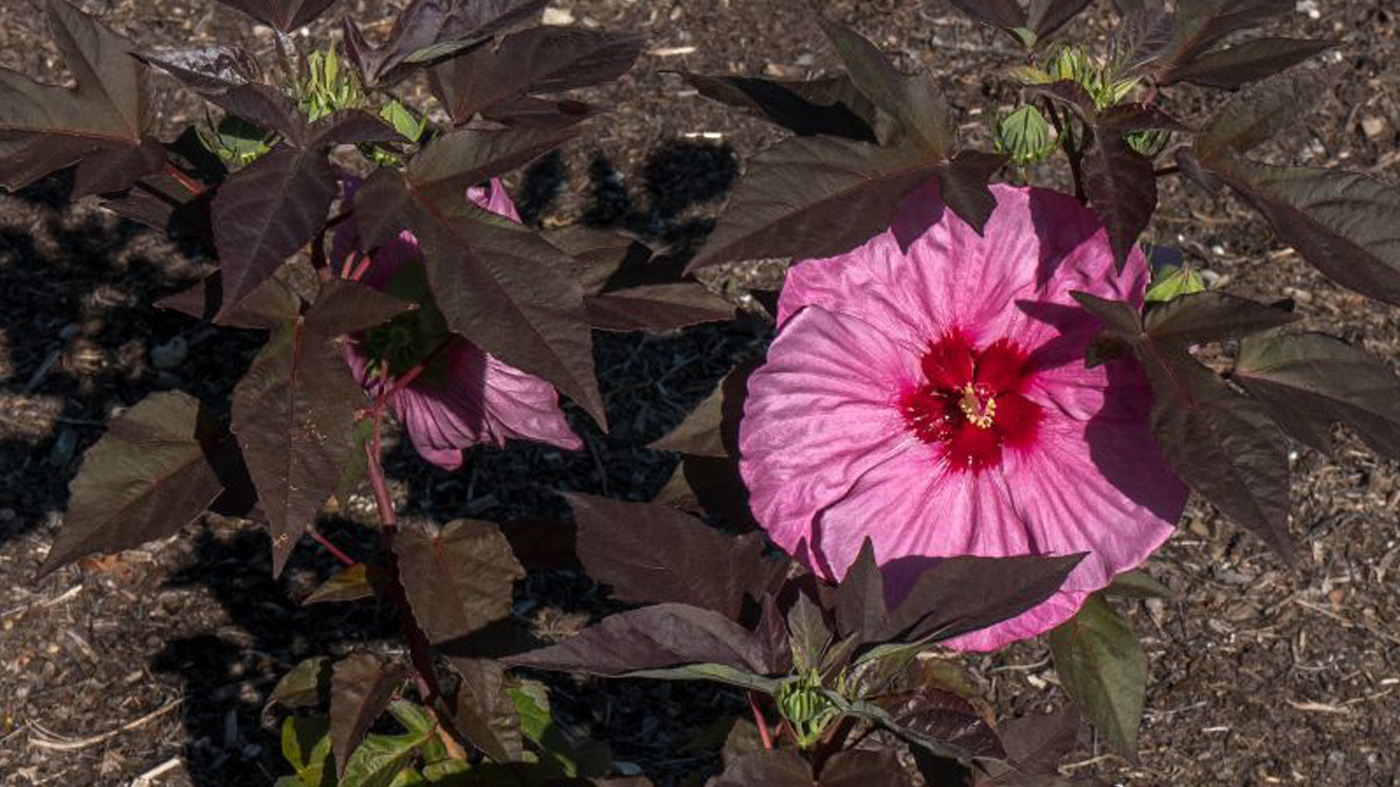
Move houseplants and overwintered plants outside
If desired, houseplants—as well as tender annuals or tropicals, such as hibiscus (Hibiscus spp.) and gardenia (Gardenia spp.), that were cared for indoors after the previous season—can be moved outside when nighttime temperatures are consistently over 50 degrees Fahrenheit.
- As with transplanted seedlings, harden off indoor plants to help them acclimate to outdoor conditions. Place them outside in protected areas, particularly out of bright, afternoon sun, for progressively longer periods of time over seven to 10 days.
- If nighttime temperatures threaten to dip below 50 degrees, cover plants or bring them inside.
- Guard against overexposure to afternoon sun.
- Site your indoor plants to align with their growing needs, i.e., don’t put a shade-loving tropical in full sun.
- Monitor water needs to help ensure soil is neither too dry nor excessively wet after a rainfall.
- Large houseplants in lightweight pots should be placed inside larger, heavier pots to prevent them from falling over in the wind.
- Carefully monitor houseplants for insects during their time spent out of doors.
Fertilize annuals
Feed annuals in pots, baskets, and window boxes with a diluted balanced fertilizer every seven to 10 days. Always water the plants before adding liquid fertilizer.
Monitor watering
Containers may dry out more quickly than garden beds, so water according to the plants’ needs. Remember, too, that every time a container plant is watered, nutrients in the soil leach out. Depending on the type of plant grown, regular fertilization may be required to prevent nutrient deficiencies, produce optimum bloom, and maintain plant health.
Fruit, Vegetable and Herb Care
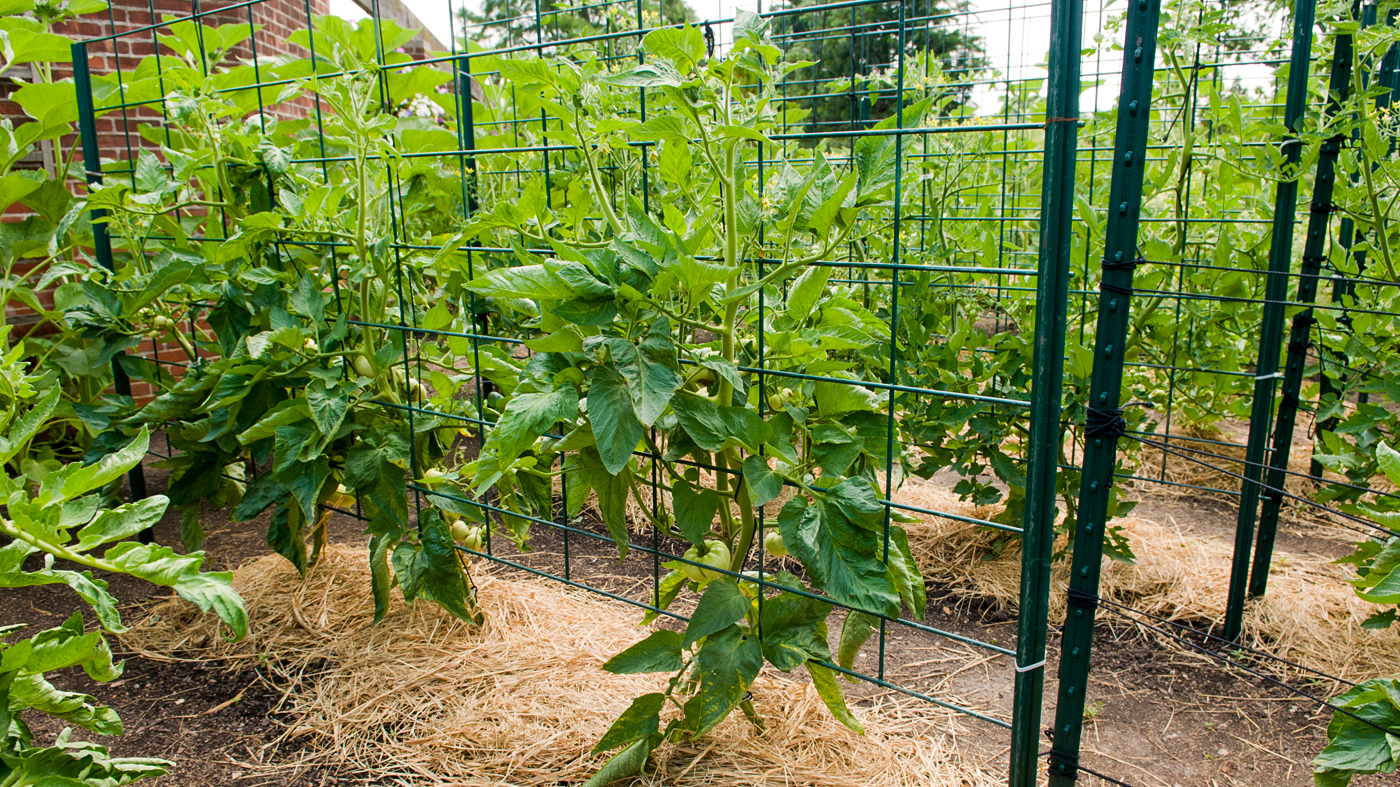
Stake plants
Stake or cage plants such as tomatoes and peppers as they continue to grow. Staking keeps fruits and plants clean and improves air circulation in and around them.
Water as needed
Vegetables typically need 1 inch of water a week. Water early in the day so plants don’t remain wet during the night. This will help prevent fungus from developing on plant leaves. Also try to water at ground level, if possible. Mulching the vegetable garden with straw will help retain moisture.
Reap the harvest
Harvest peas, raspberries, and all cool-season lettuces and vegetables as they ripen.
Protect squashes
If squash vine borer has been a problem in your garden, cover small transplants of cucumbers, squash, and zucchini with row covers to prevent the moths from laying eggs on vines. Remove row covers when plants begin to flower. Consider planting resistant varieties next year.
Snip herbs
Pinch the top growth of herbs to encourage branching and keep them from flowering. Once an herb flowers, it begins going to seed; cutting the herb sprigs to delay flowering will extend their viability for cooking.
Start the pumpkin patch
Plant pumpkins in early June. Most pumpkin varieties, except the very small ones, require at least a 100-day growing season.
Lawn Care
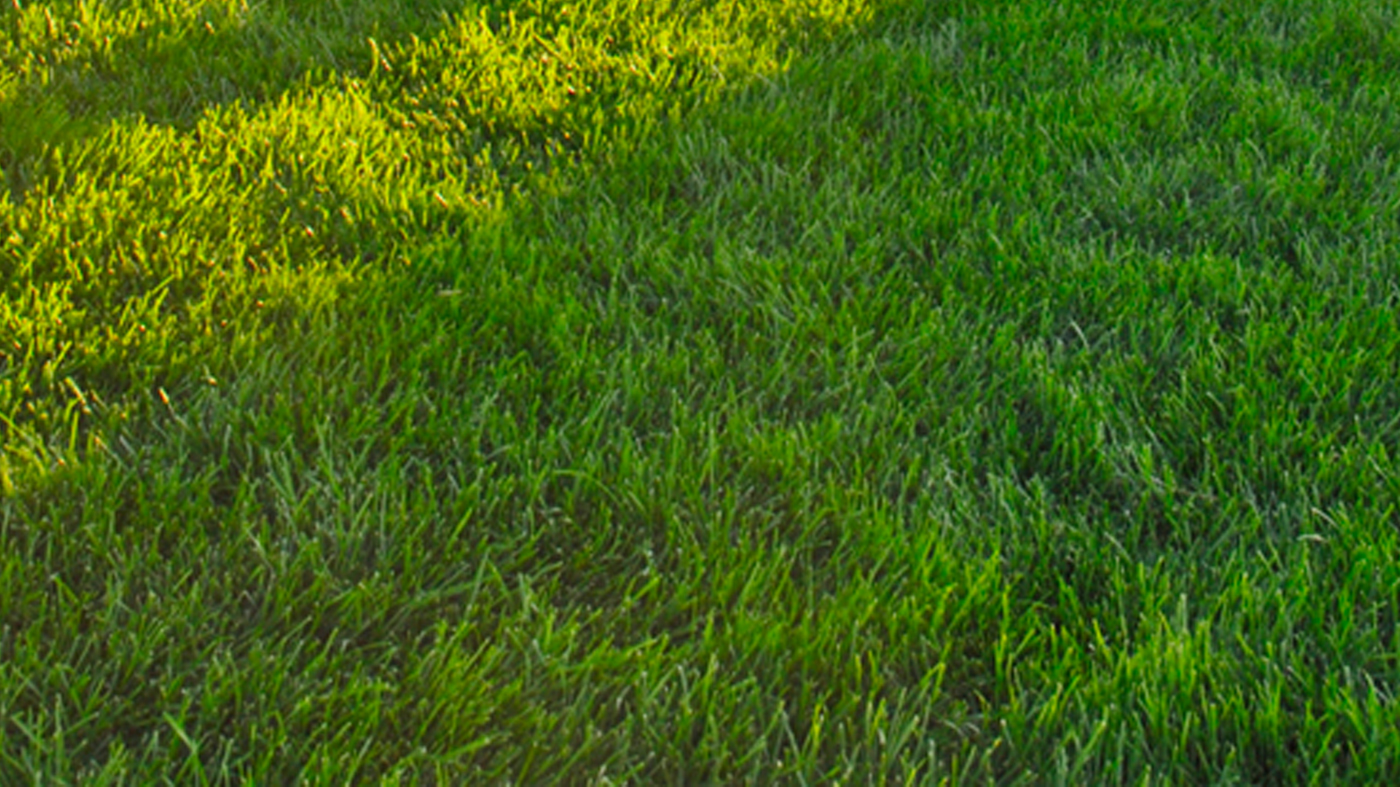
Mow judiciously
Cool-season turfgrass should be mowed to a height of 2½ to 3 inches. However, this height can be raised during hot, dry periods or when the turf is stressed due to disease, insects, or drought. A general guideline is not to mow more than one-third of turf at one time.
Water wisely
Established turf requires approximately 1 inch of water per week to keep grass green and actively growing.
- It is best to water early in the day, which allows grass to dry out and lessens the possibility of turf disease.
- During extended hot, dry spells, lawns that are allowed to go dormant and brown usually recover nicely when precipitation increases in the fall.
Avoid fertilizing
Do not fertilize the lawn in hot weather. The optimal time to fertilize is fall.
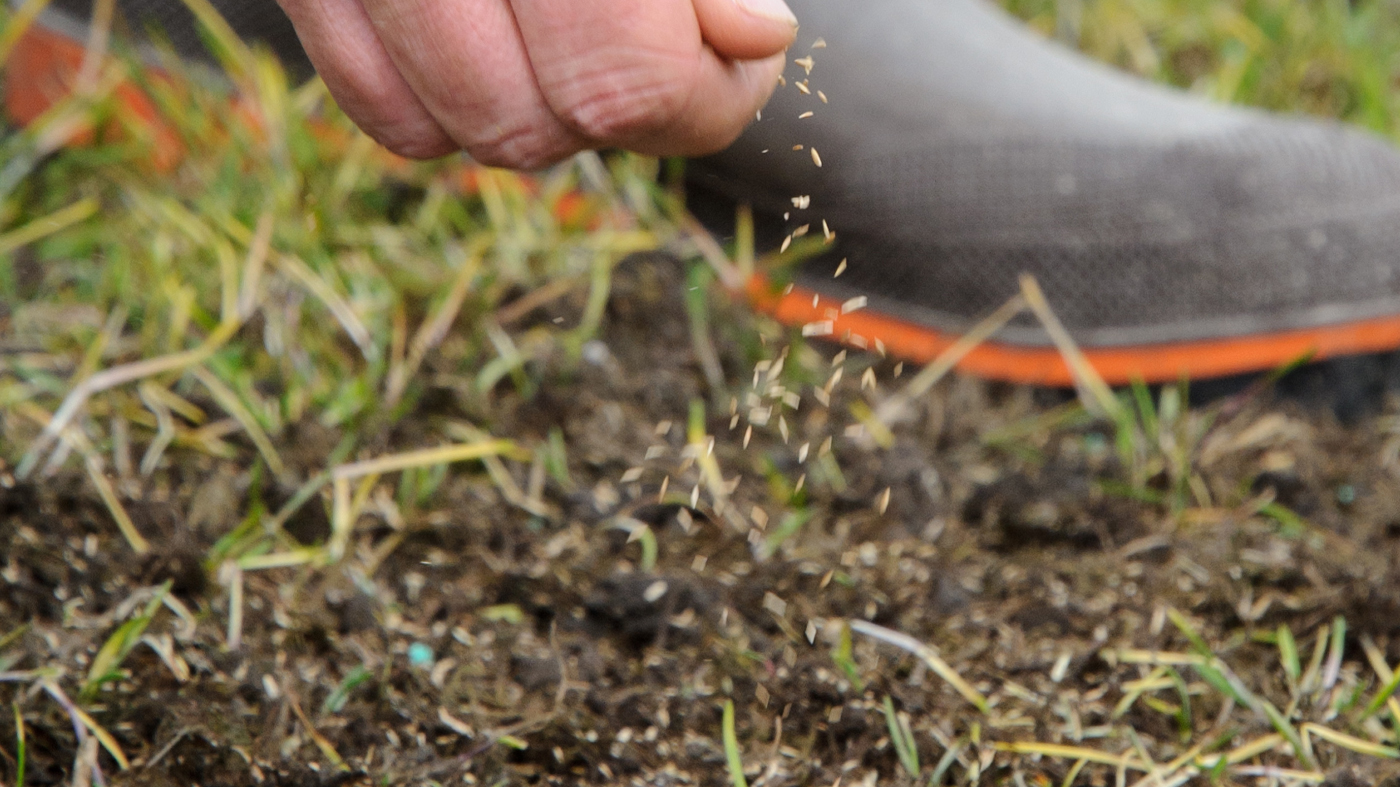
Seed bare spots
Because bare soil warms more quickly than grass-covered areas of a lawn, these bare spots are ideal breeding grounds for weeds. Fill these bare spots with an appropriate grass seed mixture.
- Keep newly seeded lawns moist until seeds germinate.
- Do not allow the grass to become overly dry for the first year and limit excessive foot traffic.
- Begin mowing when newly seeded turf reaches at least 4 inches tall.
Crabgrass controls
If crabgrass continues to be a problem after pre-emergent weed controls were spread in April, a second application may be needed in early June.
Tree and Shrub Care
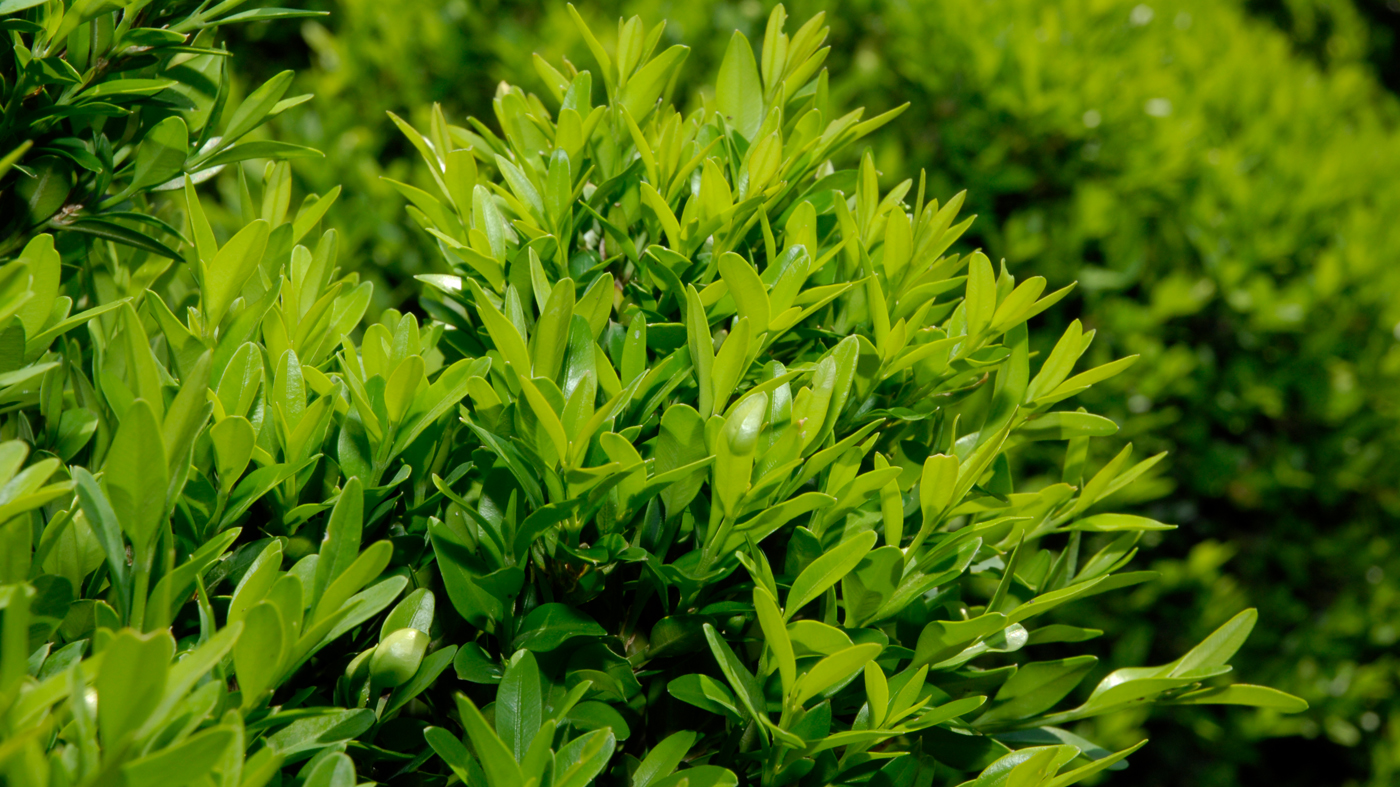
Prune trees and shrubs
Prune spring-flowering shrubs, if necessary, immediately after they flower.
Evergreens, such as boxwood or yew, can be lightly pruned after new growth fills in to maintain a formal shape.
Pinch off terminal growth buds on rhododendrons (Rhododendron spp.) to increase next year's buds.
June is a great month to …
sign up for a garden walk
June and July are popular months for garden walks featuring private residential gardens of all sizes and types. Typically sponsored by area garden clubs and showcasing the efforts of their club members, these walks can provide visitors with creative ideas for their own yards. Plus, the admission fees often support nonprofit organizations in your community. A quick internet search can help you locate garden walks in your area.
But don’t stop there. The Chicago Botanic Garden offers year-round opportunities for visitors to experience our many gardens on a deeper level. Self-guided walking tours and photo tours are available through our downloadable GardenGuide App. Once downloaded to your smartphone, you can use the app when you’re visiting the Garden.

